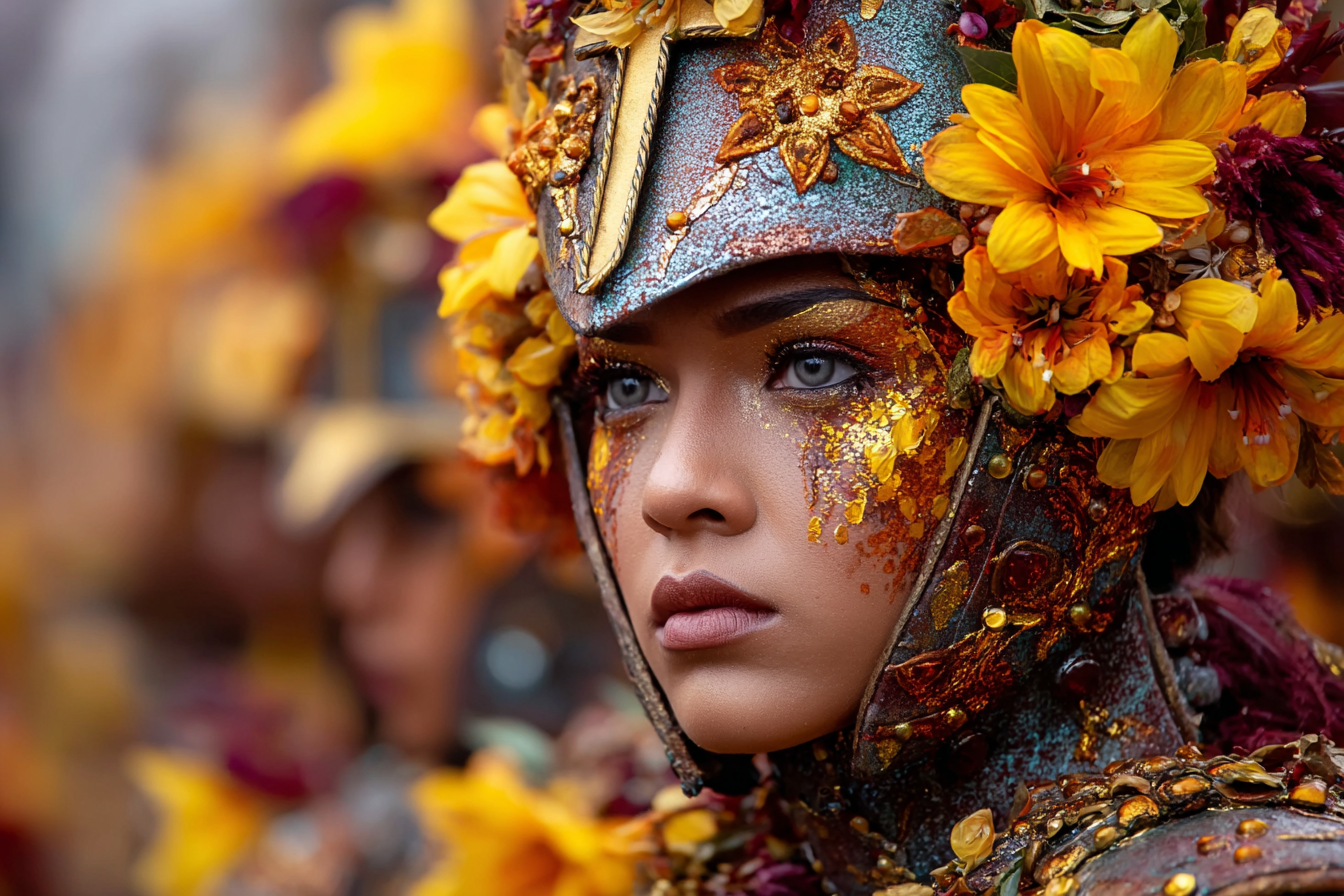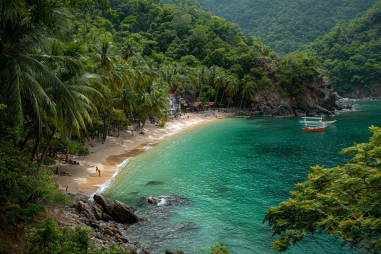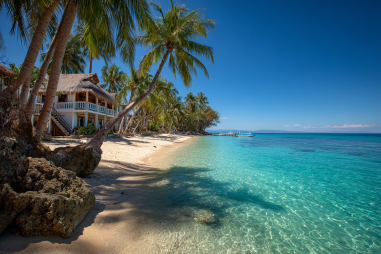Manila, the bustling capital of the Philippines, is not only a hub of commerce and history but also a vibrant stage where culture and tradition come alive through colorful festivals and events. These celebrations offer unique glimpses into Filipino heritage, blending religious devotion with lively street fairs, delectable food, and spirited community gatherings. For visitors eager to experience the heart and soul of Manila, joining these festivities is an unforgettable way to connect with the city’s vibrant spirit.
Discovering the Heart of Manila’s Festival Culture
Festivals in Manila are more than just occasions for celebration—they are deeply embedded in the city’s cultural fabric. Rooted in centuries-old traditions, many festivals showcase Manila’s rich history, religious beliefs, and community values. Throughout the year, the city bursts into a kaleidoscope of colors, music, dance, and food, inviting both locals and tourists to partake in the joyous atmosphere. Whether it’s a grand religious procession or a lively street party, each event reflects the warmth, resilience, and creativity of the Filipino people.
Highlights of Manila’s Major Festivals
Two of the most iconic festivals closely associated with Manila are the Sinulog Festival and the Feast of the Black Nazarene. While the Sinulog is originally rooted in Cebu, Manila hosts significant celebrations that allow visitors to experience its vibrant spirit.
Sinulog Festival
Traditionally held every January in Cebu, the Sinulog Festival is celebrated with fervor in parts of Manila as well, especially in communities with strong Visayan ties. This festival honors the Santo Niño (Child Jesus) and features rhythmic street dancing, colorful costumes, and rhythmic drumbeats that symbolize the flow of the river—“sulog” means “like the water current.” The Manila renditions of Sinulog might include grand parades and cultural performances, giving visitors a chance to witness Filipino artistry and devotion.
Feast of the Black Nazarene
One of Manila’s most significant religious events is the Feast of the Black Nazarene, held every January 9th. Devotees gather in the Quiapo district to participate in a massive procession honoring the life-sized, dark-skinned statue of Jesus Christ, known for miraculous powers. This event draws millions of pilgrims who join in the “Traslación,” a solemn yet exuberant parade that winds through Manila’s streets. Watching or joining this procession is a powerful experience, revealing not just faith but a collective spirit of hope and resilience.
Cultural and Religious Events Beyond the Major Festivals
Manila’s annual calendar includes various other cultural and religious events that highlight the city’s diverse heritage. Some notable ones include the Flores de Mayo and Santacruzan, both celebrated in May and paying homage to the Virgin Mary. These events combine religious rituals with colorful floral decorations and community pageantry, often culminating in processions that light up neighborhoods with festivity.
In addition, events like Independence Day celebrations on June 12 feature parades, cultural shows, and civic programs that evoke national pride and historical awareness. These occasions offer visitors the chance to engage with Filipino patriotism and artistry in a communal setting.
Food Festivals and Street Fairs: A Feast for the Senses
Manila’s culinary scene shines at its food festivals and street fairs, which are integral to its festival culture. The city hosts regular events like the World Street Food Congress and various night markets that transform streets into open-air feasting zones. These festivals celebrate Filipino flavors—from savory adobo and crispy lechon to sweet halo-halo and local delicacies like bibingka and puto bumbong.
Beyond taste, these food gatherings offer a glimpse into the social and communal aspects of Filipino dining traditions. Visitors can sample authentic street food, watch cooking demonstrations, and even join interactive workshops that deepen their appreciation of Filipino cuisine.
How to Participate Respectfully in Manila’s Festivals
Joining Manila’s festivals is a wonderful way to connect with local culture, but it’s important to do so respectfully. Many festivals are deeply religious, so observing proper decorum during processions and ceremonies honors the beliefs of participants. Here are some tips to help you engage respectfully:
- Dress modestly, especially during religious events.
- Ask permission before photographing individuals, particularly devotees engaged in prayer or rituals.
- Follow instructions given by event organizers or volunteers for your safety and smooth participation.
- Show appreciation by learning about the festival’s history and significance beforehand.
By approaching these events with sensitivity and respect, visitors can enrich their experience while honoring the local community’s traditions.
Planning Your Visit Around Manila’s Festival Calendar
To make the most of your trip, it’s wise to plan your visit around Manila’s festival schedule. Many major festivals cluster around the first half of the year, particularly January, but food fairs and cultural events pop up year-round. Here’s a brief guide to help you align your travel plans:
- January: Feast of the Black Nazarene, Sinulog-inspired celebrations
- May: Flores de Mayo and Santacruzan
- June: Independence Day festivities
- Various months: Food festivals and street markets
Checking local tourism websites or social media pages before your trip can provide updated event details and schedules. Booking accommodations early is advisable during peak festival times, as the city fills with visitors.
Tips for Festival Safety and Getting Around Manila
Manila’s festivals attract huge crowds, which can be overwhelming for visitors unfamiliar with the city. To stay safe and enjoy your experience, consider these practical tips:
- Stay hydrated: Manila’s tropical climate means festivals often occur in hot, humid conditions.
- Use official transport options: Ride-sharing apps, authorized taxis, and public transit (like the MRT or LRT) are reliable ways to navigate crowded areas.
- Keep valuables secure: Crowded events may attract pickpockets, so use anti-theft bags and keep wallets close.
- Follow local advice: Stay aware of designated viewing or participation areas and heed any warnings or instructions from event officials.
With a little preparation, you can enjoy the vibrant energy of Manila’s festivals while staying comfortable and secure.
Embracing the Spirit of Manila Through Its Festivals
Experiencing the festivals and events of Manila is like stepping into a living tapestry of Filipino culture, faith, and community. Each celebration, whether marked by solemn devotion or exuberant revelry, invites you to witness the city’s enduring traditions and contemporary vibrancy. By aligning your visit with these cultural highlights, you not only enrich your travel experience but also connect more deeply with the warmth and spirit of Manila’s people. So, pack your curiosity and an open heart—Manila’s festivals await to offer you memories that will last a lifetime.







